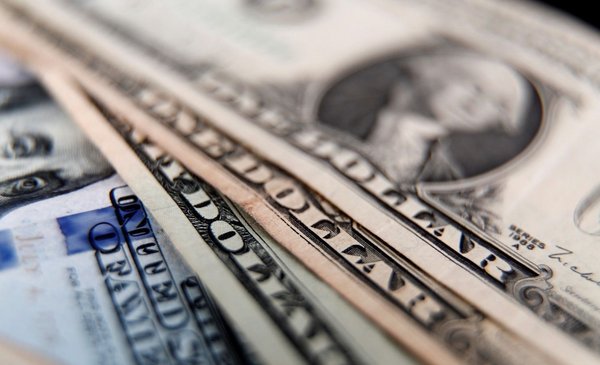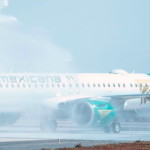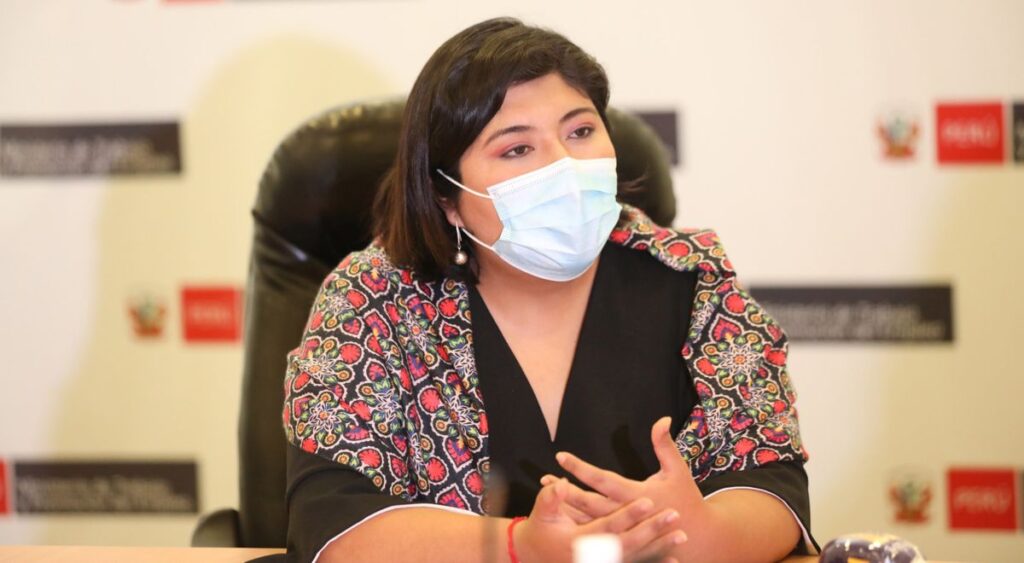Since the war in Ukraine, the currencies of Russia’s main trading partners and of countries bordering the conflict lose value against the US dollar. Meanwhile, the denominations of other emerging countries, many of them Latin American, are not only resisting the exchange repercussions of the war, but are experiencing an appreciation. This reflects the new International Monetary Fund estimates contained in the Global Financial Stability Report report released this week.
As seen in this graph from Statista, the currencies of Latin American countries such as Brazil, Colombia, Peru, Chile, Mexico and from Uruguay, where the greenback has already lost almost 9% against the dollar so far this year. And also those of other emerging markets that are mainly exporters of raw materialss perform better than those of Eastern European nations and those of oil-importing countries in Asia.
Following the IMF analysis, Suddenly rising foreign borrowing costs and rising local exchange rates are affecting financial conditions in Eastern Europe and other Asian and Middle Eastern countries with close ties to Russia. Added to this is the inflationary context unleashed since the coronavirus pandemic, which governments are trying to combat with higher interest rates.
The Brazilian real is one of the biggest beneficiaries, with an appreciation of 7% since February 23, 2022which totals a cumulative rise of almost 19% since January. Since the day before the Russian invasion of Ukraine, the Colombian peso saw its value grow more than 5% against the dollar and has accumulated almost a 10% increase since the beginning of the year. The Mexican peso, meanwhile, registers a more modest increase, with 2.4% since February 23 and an accumulated 3.5% so far this year.
At the same time, the Turkish lira experiences a devaluation of more than 5% since February 23, having lost nearly 9% compared to the dollar to date. In Poland, Hungary and Romania, main recipient countries of Ukrainian refugees fleeing the war, the accumulated depreciation of their currency has fluctuated between 4% and 6% since the beginning of the year.

















